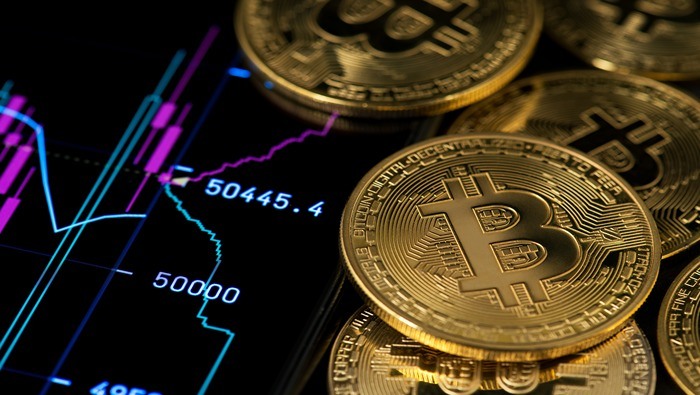The Bitcoin Halving Event is Due in mid-April – What Does this Mean?
Bitcoin halving is a scheduled event that occurs approximately every four years, or after 210,000 blocks have been mined. During this event, the reward for mining new blocks is halved, meaning miners receive 50% fewer bitcoins for verifying transactions. Halving is hard-wired into the Bitcoin protocol to ensure that the total supply of Bitcoin is capped at 21 million, thereby introducing scarcity into the ecosystem. The next Bitcoin halving event is expected in mid-April this year.
Bitcoin mining is a critical process that underpins the functionality and security of the Bitcoin (BTC) network. Mining involves solving complex mathematical problems to validate transactions and add new blocks to the blockchain. This process is carried out by powerful computers, often referred to as miners, which compete to solve these problems in exchange for rewards in the form of newly minted bitcoins and transaction fees.
Mining difficulty adjusts approximately every two weeks, to ensure that the time between blocks remains around 10 minutes, irrespective of the number of miners and their computational power. This difficulty adjustment can influence miner profitability. When prices are high, more miners are incentivized to compete, increasing the hash rate (the total computational power used to mine and process transactions). Conversely, if the price drops and mining becomes less profitable, miners may exit the market, which can decrease the hash rate. If the price of Bitcoin falls below the cost of mining, miners may choose to hold onto their bitcoins rather than sell at a loss, potentially creating a supply crunch.
Download our Q1 Bitcoin Guide for Free
Recommended by Nick Cawley
Get Your Free Bitcoin Forecast
Bitcoin Halving Events Historically Lead to Bullish Market Behaviour.
The first Bitcoin halving occurred in November 2012, reducing the mining reward from 50 BTC to 25 BTC. Following the halving, Bitcoin experienced a significant surge in value, going from around$13 to over $1,100 in the next year.
The second halving took place in July 2016, when the reward dropped from 25 BTC to 12.5 BTC. After the halving. Bitcoin reached a high of around $20,000 by December 2017.
The third halving, in May 2020, reduced the block reward to 6.25 BTC. Bitcoin surpassed its previous all-time high and traded at just over $69,000 in November 2021.
Historical Bitcoin Halving Price Action
November 28th 2012.
Halving Price – $13 — 2013 Peak Price – $1,125
July 16th 2016
Halving Price – $664 — 2017 Peak Price – $19,798
May 11th 2020
Halving Price – $9,168 — 2021 Peak Price – $69,000
Recommended by Nick Cawley
Get Your Free Introduction To Cryptocurrency Trading
With two months to go before the next halving event, Bitcoin is pushing higher, helped in part by the recent launch of 11 spot Bitcoin ETFs. The strong demand for these ETFs has not only underpinned the spot price of Bitcoin but is also driving the price higher as the halving event nears. Bitcoin has regained the $50k level and may look at testing the all-time-high around $69k after the halving event reduces mining rewards by 50%.

